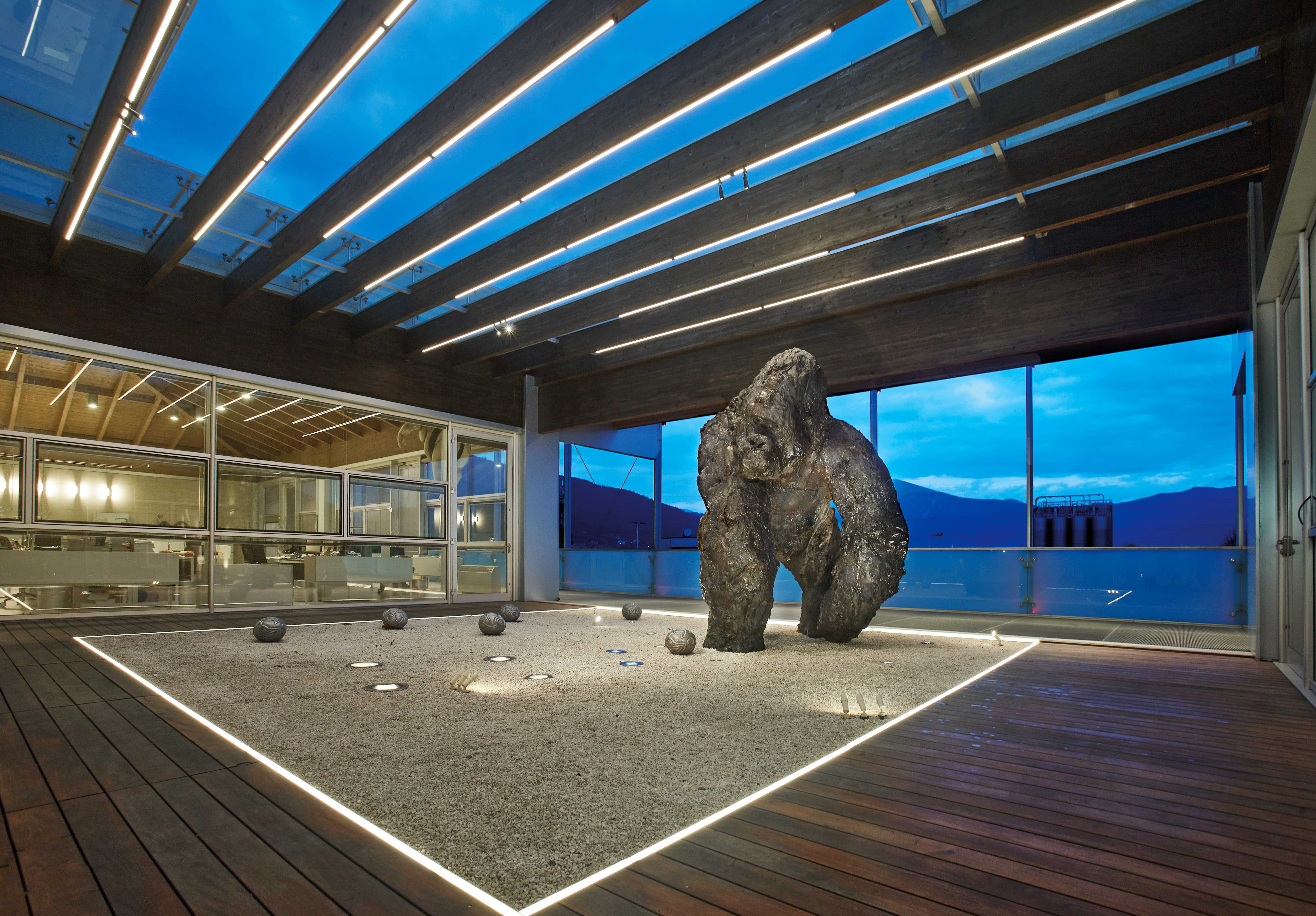"Too many people have a low-light diet: you can work better, dance better, read better, digest better, sleep better and have a better conversation, thanks to the right light. And the difficult periods lead us to better realize how light is fundamental for healthy development in the important stages of life.”
Dr Shelley James, Tedx and keynote speaker, WELL Advisor and Visiting Lecturer at the Royal College of Art, introduces us to the well-being of light explaining how this represents for everyone the main source of vital trigger that can support the healthy function of every cell of our body as well as food, water and air.
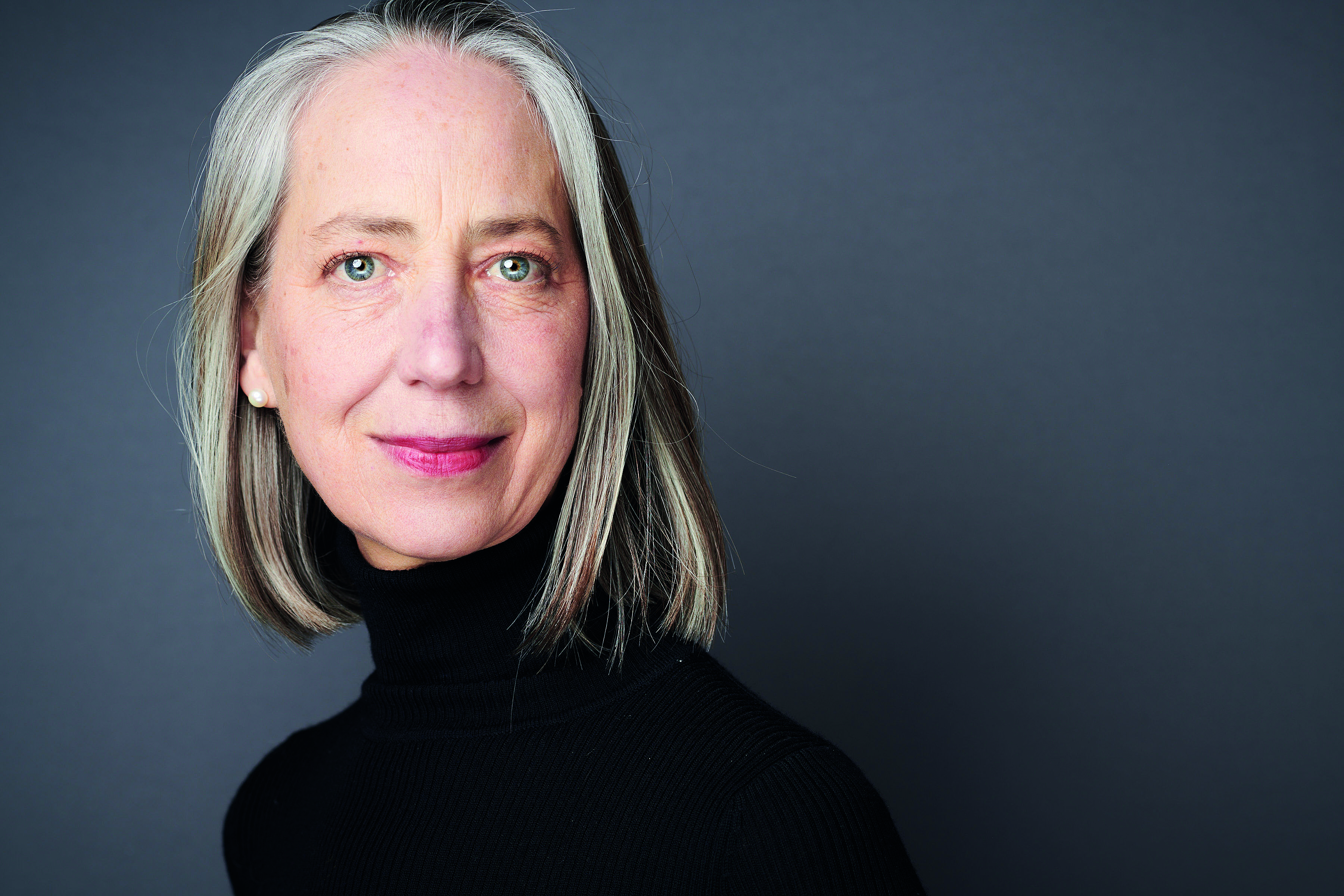
How did the different lights of the countries you visited sound differently in your perception? Did they affect your knowledge of light?
S.J. That’s a really fantastic question. I was born in Jamaica and growing up I lived all over the world and I always knew that when I came back to the UK there would be something very different in the quality of environment. Not only because it was colder, but because of the quality of the light. At art school I did my thesis on colour. At that time you could take a train to tour Europe during the summer, and so I went from the north of Norway to the south of Italy, taking photographs, making sketches and gathering information to understand the interaction between the climate, geology, the colour of people and the clothes they wore. And I was interested in the comparison between our personal feeling for light and the way in which institutions tend to direct us in particular types of spaces, with particular colours, also because of their predictive policies. Because there is always a political, or democratic, dimension to our choices, and I was fascinated by it.
I began to understand how temperature affects the behaviour of materials, how temperature and climate affect the types of buildings we build and the types of windows: we have reversed our relationship between the exterior and the interior in a really interesting way. This was to be the beginning of my most intellectual understanding of what I already knew, and what we actually all know.
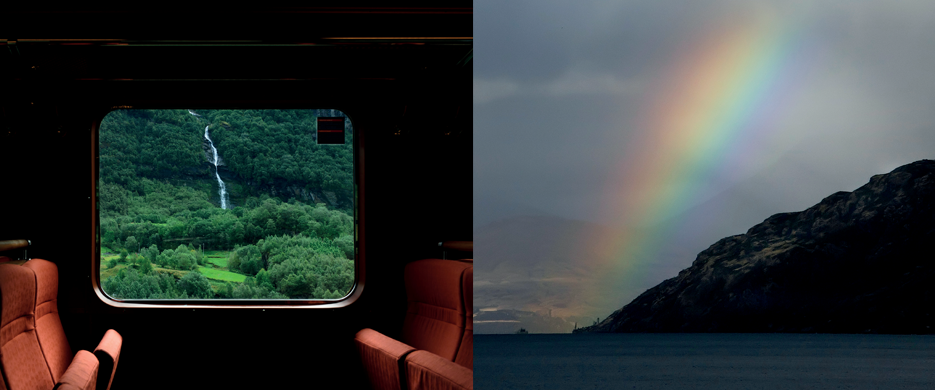
S.J. A head injury led me to reassess everything, all the things we take for granted, all the predefined choices. I had to choose what to spend my energy on, I had to choose where to look, literally. Starting off from scratch again, almost stripped of every instrument: I had to choose and organise the things from which to start again.
So, I started using light for figuring out how to use it, taking care of myself to improve, in my struggle with blurring and concentration. I struggle to sleep, I struggle a little with pain and I have learned to use light to help me manage some of these things. I was fascinated by it: I did experiments with the press and the glass to begin to deceive the brain, because when you deceive someone, you can really understand what their unconscious reactions are. Likewise if you can do it with light, you can create an experience.
So I started working with the Eye Hospital, the Royal College of Art and the University to create illusions with glass, because it’s a material that the brain can’t handle, and it’s amazing how we manage it in an extraordinary way.
Working with an important mathematician, Roger Penrose, on the uncertainty principle, I discovered that there is a type of glass, like this one I’m wearing, that changes colour depending on the light. It repels the UV wavelengths of fluorescent tubes, for example. I created a starry dodecahedron (which is one of the signs of ESA) that I wanted to change colour, in a light box where the lights look the same, but they have different wavelengths, and you can’t tell what the colour is until the light changes. So until the colour didn’t change. I have studied and learned the notions to accomplish this project: the way the brain processes light and the way electrical circuits work is so wonderfully connected.
We are all a little wired and, in particular, our senses can be changed according to our sensitivity at different times of the day.
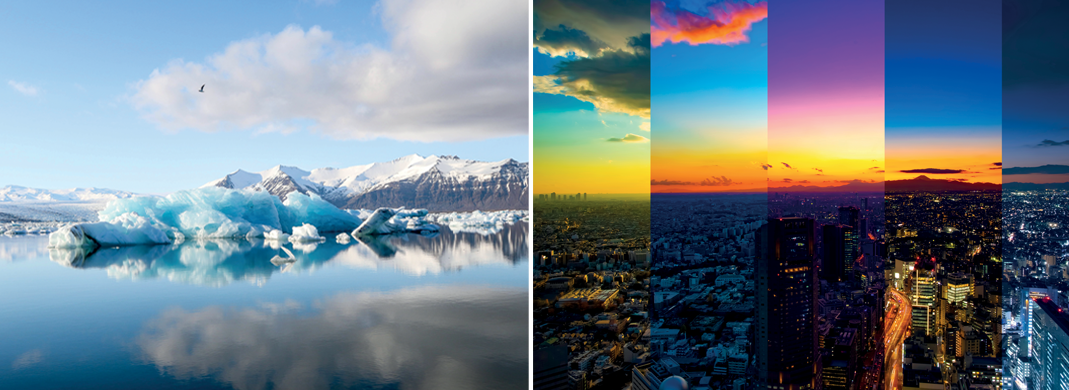
Your “Luna Project”, the social media campaign on healthy lighting education, has been hugely successful. It has reached more than 2.5 million adolescents worldwide and has raised awareness of the impact of light on people’s well-being. Can you tell us about it?
S.J. It is only when you cross the default sensitivity curve that you begin to have a problem. And I realised how, because of the isolation caused by the pandemic, the beautiful young people around me were stuck inside. This led me to develop a project for them, using an online platform and an investment of a couple hundred pounds, creating the “Luna Project”: it went viral, it was fantastic!I worked with a team of young teenagers. I always work with my reference audience, because in the field of design it is necessary. We always think we know what’s right, but it’s really only when you see someone else using the product or experiencing it that this becomes true, and teenagers vote with their thumb! They also know how to be very clear.
The project then developed involving a different type of interlocutors: incredible and trusted producers, for whom I gathered a number of tools to use in communication to talk to their customers. Because we realised that in this value chain, manufacturers themselves often don’t know what they’re selling, or they’re still selling light bulbs, but they’re talking about the system.
By creating specific videos and written resources that could fit into a conversation about the effects of light and what the right light can do at the right time, we made a valuable contribution to their conversations and sales pitches.
We ended up working with journalists, with scientists from all over the world to bring their knowledge to a concrete level of understanding for people, to create better information based on real evidence.
“Luna Pro” was a way to deal with or start a conversation with a professional buying lights, because most of them don’t know what they’re buying.
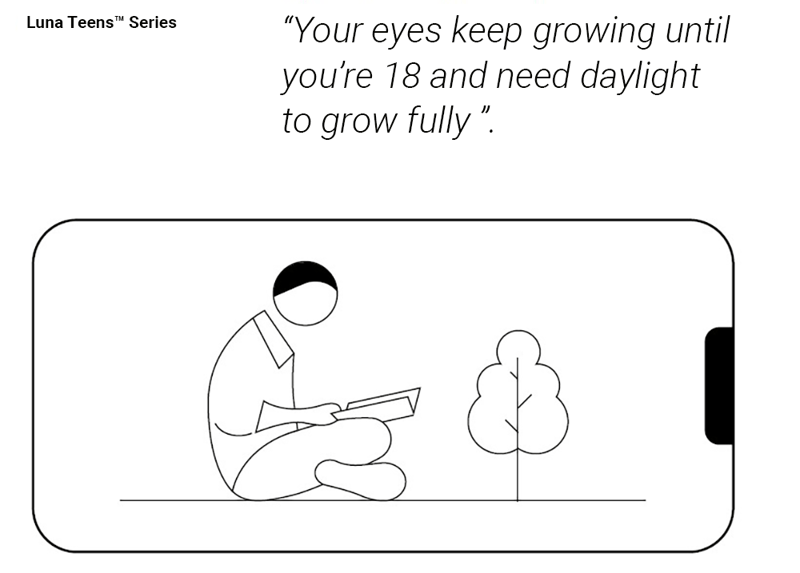
To what extent, how forcefully does light affect people’s lives?
S.J. I think it affects everyone, always, in ways you just don’t notice. It’s a bit like taking sand off your shoe and realising the relief you feel when it’s gone.
I think most people are used to a very poor diet of light. I describe it very often: most people are like living off of cheap bars, snacks or coffee, and only when they taste a delicious meal do they realise it. And what’s really amazing is that every time you start talking to people about light and their experience of light, everyone has a story: someone has migraines, someone has a mother with macular-degeneration, someone has a child who is struggles with sleep, who feels depressed or who has attention deficit/hyperactivity (ADHD) disorder.
Every person you talk to has a professional interest in light, because they are designing or building buildings or are trying to rent their home or simply own as many as 40 or 50 lights. We are influenced by lighting very simply, but also in a very complex way and as soon as you start talking about what goes unnoticed, people suddenly understand.
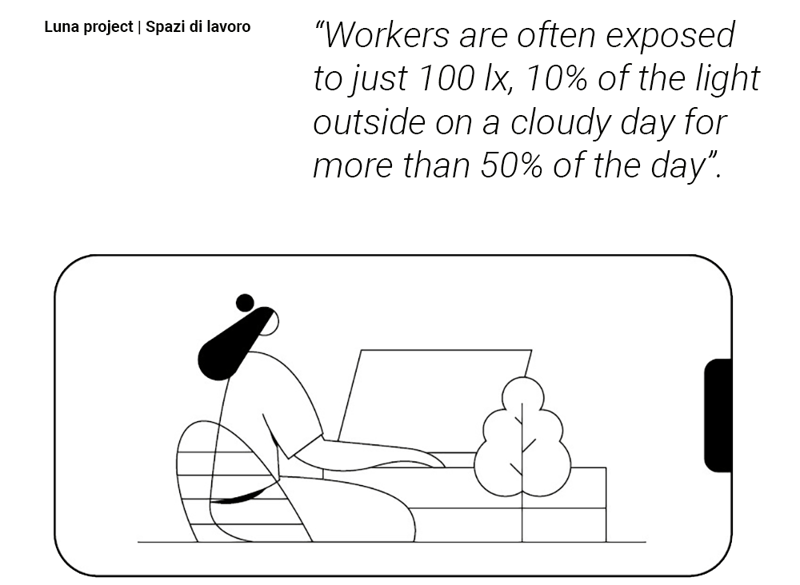
The other aspect of the same question is how much people are aware of the importance of light in their lives. You can live in a place full of light or you can just go to a place with low lights, sharp lights and the atmosphere is totally different. How much can people be aware of the importance of light in their lives?
S.J. You can work better, or dance better, or travel better, or read better, or digest better, or sleep better or have a better conversation. I have come across a wide range of sensitivities: I think I have met people who are very aware of their environment and who are very sensitive to smell, taste and light. And other people who are unaware, and those who can then become aware. And for some people it’s something like, “Oh yes, I understand why I should do it.” For other people, it’s nothing special. Some people aren’t very visual.
It is also interesting that when you collaborate with a company like yours, which produces such beautiful lights, you notice that when people understand, when they value their space, they are willing to spend more.
When people find themselves in a world where it is normal to have a well-lit environment, they are ready to invest.
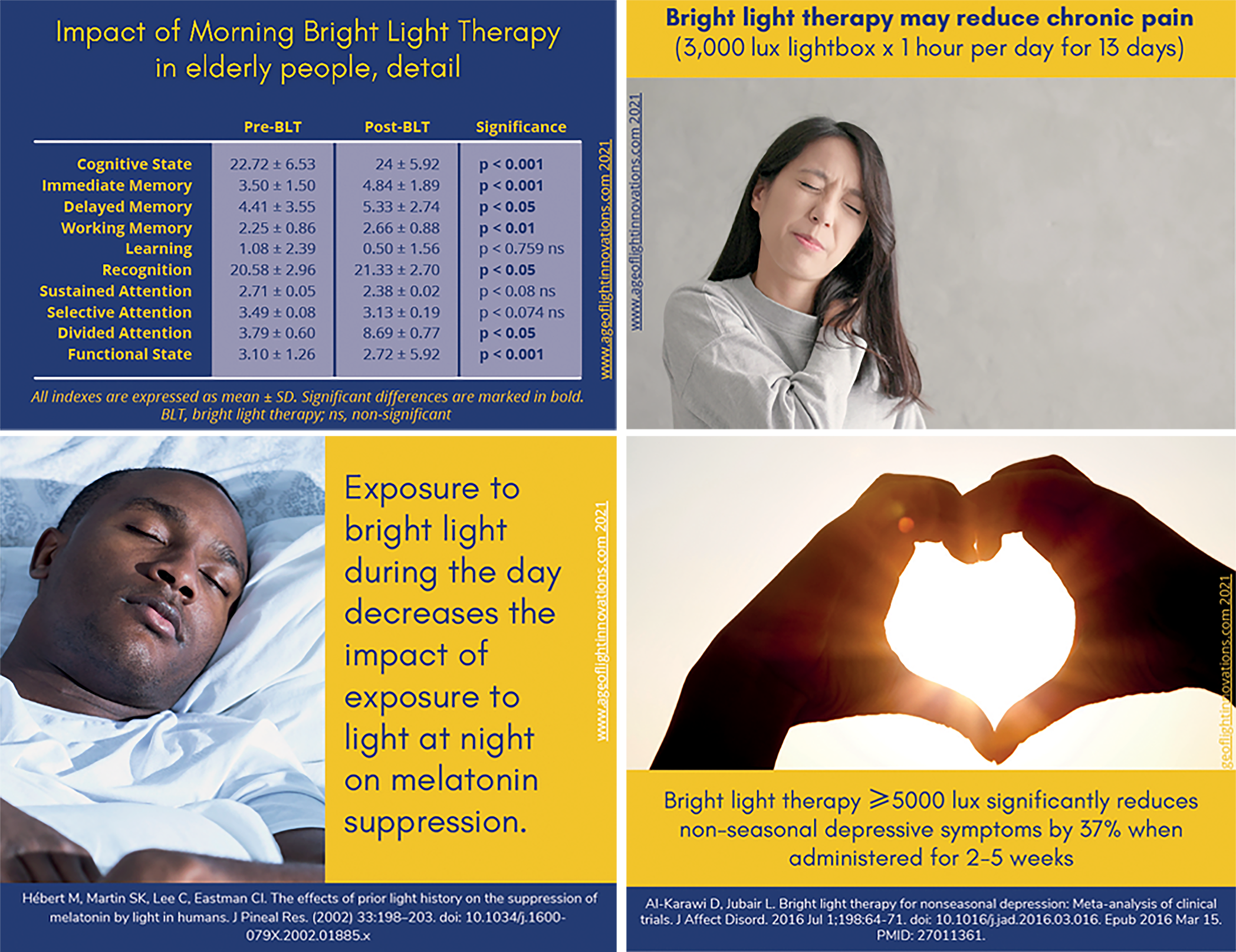
I was thinking about how, for instance, a very well-known scientist, designer, and artist like Johannes Itten attempted to paint a hospital differently during the Bauhaus era so that patients would feel better just by gazing at a different colour. So, it was something that design began to consider, having an impact on people. After “Luna Pro Series” have people given feedback on how they perceive light differently?
S.J. Yes, the answer is yes. And it’s always wonderful when you see someone make a change and find that their situation has improved thanks to it. And one of the things I’m doing is going for examples of people doing it, not necessarily because of me, but because they felt the need.
For example, one person I collaborated with had worked on a farm and realised that when he started working at home, he felt really unhappy. So, he found himself suffering from ‘Seasonal Affective Disorder’ (SAD), deciding to change the lights of his home. Feedback is there, even when people around me say, “Oh, yeah, I understand why” and start spending a little more on the lights of a school or hospital. It is extraordinary, but it does not necessarily have to be very expensive. And I realized that there are people all over the world who have already realised how important light is and what it can do for them, more than it can do for their business.
I looked at several areas: I installed better quality lighting in a school with language and hearing problems, and we found that students and teachers could communicate more clearly with everyone, simply by changing the quality of light: students were more confident, and teachers could improve their work. I spoke to an industrialist, who spent a lot of money lighting his new offices, and found that his employees were so satisfied with the lighting that they invited friends and relatives to say “ohh! Look where I work!”. And again, at the nursing facilities I work with, there has been a decline in falls, and the waiting lists for people to move in have grown as a result of the improved living conditions and happier, more comfortable residents.
We have brought a different approach to the field that complements the information we receive from scientists. My job is to walk around with a torch and say, “Look!”.
A lot of what I actually do is just celebrate people who have made their choices and really see the benefits in human terms, in environmental terms, and because very often the energy saving creates less light pollution. But also for companies, which have more satisfied employees, hospitals with happier patients, homes where children come home early and tidy up their things better. It’s a very simple thing to tell when you find people doing it.
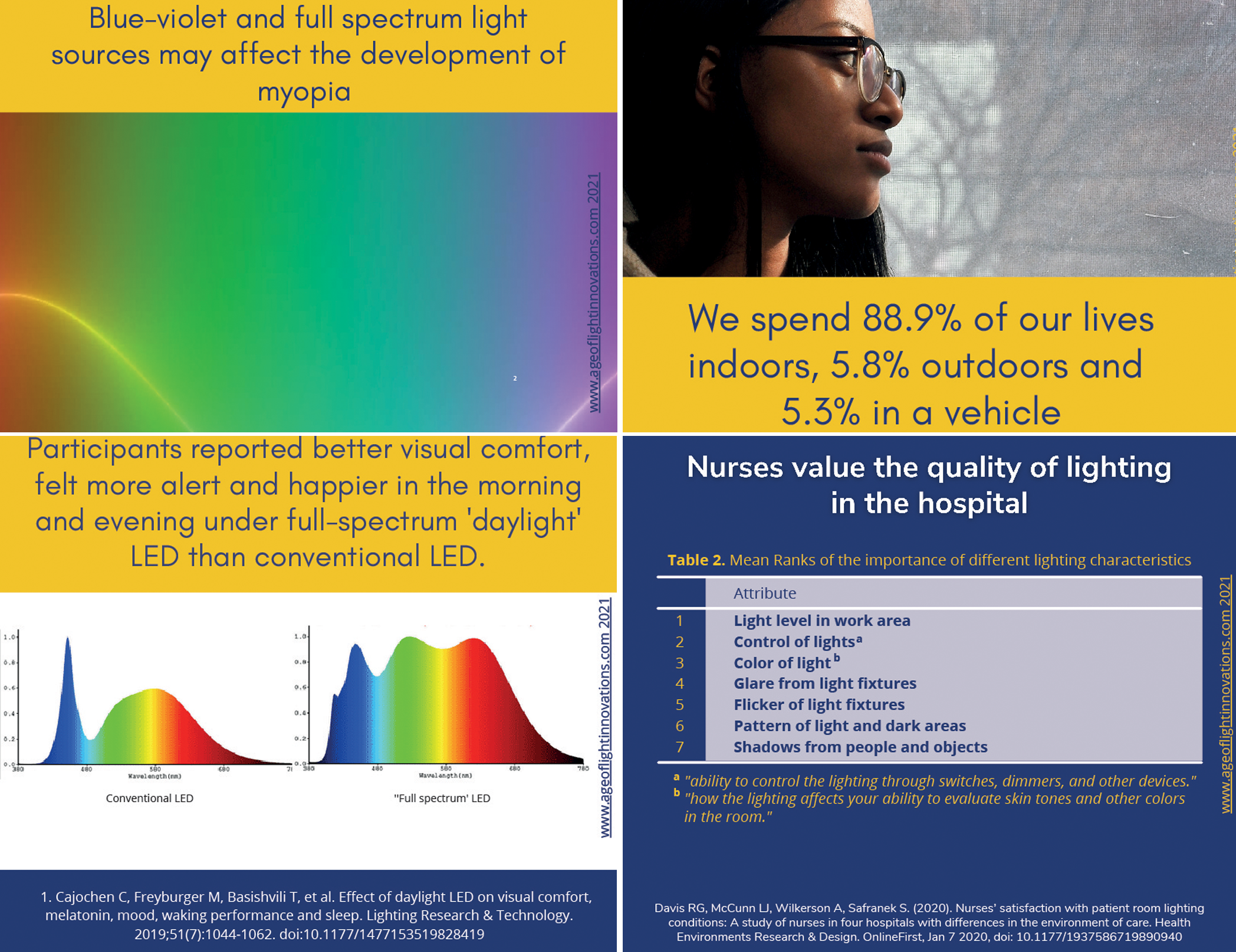
SIMES is working to reduce the power of light because it is interested in the wellbeing of people. Simes wants to design the perfect light for people’s wellbeing. We start to think of branding as a cultural action, not just as something commercial. Can private companies do more to raise public awareness of light?
S.J. Yes, there are ways that manufacturers can start making a difference in their business but also in the world they want to be in. And one of these is to think about the environment more broadly.
Very often lighting organisations are tempted to sell light, but they are actually selling an environment, they are selling a world. And this is one of the problems: very often the initial cost seems to be very high compared to a cheap alternative.
I’ve helped some people create a sort of bigger scenario, to help their customers see the big picture. That’s why this magazine will be so wonderful: many big companies talk about these things, but they don’t really do it: they don’t take care of their surroundings or have a culture where they expect people to respond to e-mails until late at night. You have to do what you say, be credible, and this creates respect and trust over time: there is confidence in evidence.
There are scientists and organisations where you can get an answer. I am thinking, for example, of light pollution, and how it affects the ability to sleep, how it affects plants and animals. If you want to make a statement about the effect of your product, then it’s really useful to have evidence about it, whether it’s your own or someone else’s. And that’s why working with young scientists, young curious minds is a great thing to do.
This is a valid way in which an organisation can create a culture of excellence, always testing the information it believes it knows, confronting new ways of thinking, and finding partners who want to do this: scientists are increasingly aware of the need to outreach for involvement in a kind of translational research.
Do you want to draw your spaces ensuring the right amount of light, where and when it is needed?
Click below to deepen the first lighting system that can ensure a linear and punctual lighting at the same time and that ensures comfortable light and aesthetic elegance perfectly responding to any type of environment, both indoor and outdoor IP System®.
Need more information? Fill out the form below and we will get back to you as soon as possible.
